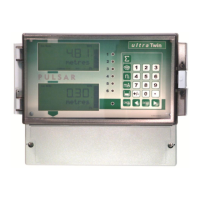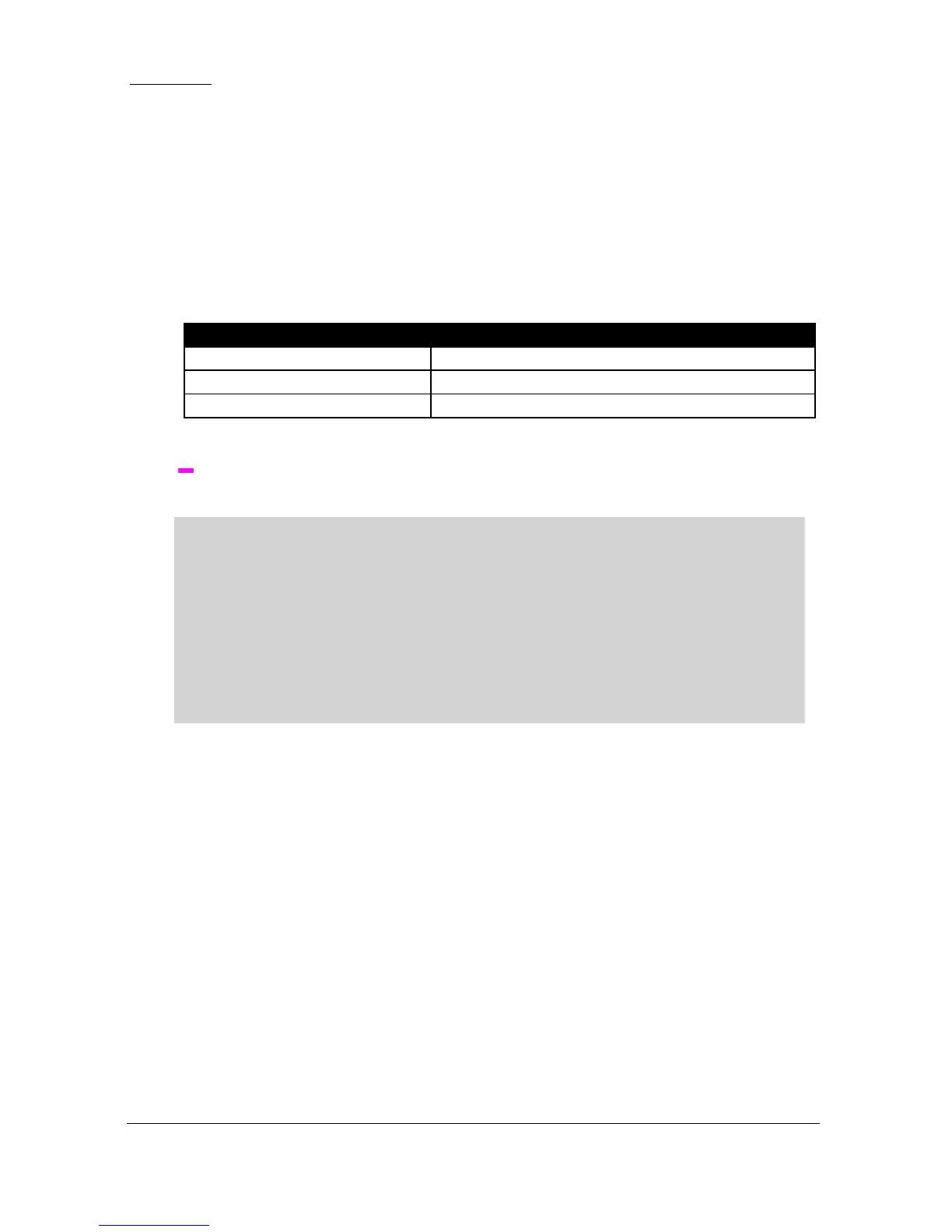Page 162
Failsafe
P1 or P2
P1-808, P2-808 Fail-safe Mode
By default, if a fail-safe condition occurs, then the display, relays and the
mA output are held at their last known values until a valid reading is
obtained.
If required, then you can change this so that the unit goes to high (100% of
span), or low (empty) as follows:
Remain at the last known value
Will fail to the high value (100% of Span).
Will fail to the low value (empty)
See Also P*218, P*228, P*238, P*248, P*258, P*268 - Relay Fail-safe and P*840 – mA 1 Output
Fail-safe and P*898 – mA 2 Fail-safe.
Important Information
In the event of a fail-safe condition occurring, the displays, relays and mA
Outputs can be configured to fail to a condition which is independent of
each other. To set independent Relay Failsafe see P*218, P*228, P*238,
P*248, P*258, P*268. For independent mA 1 Output Failsafe see P*840
and mA 2 Output Failsafe see P*898.
P1-809, P2-809 Fail-safe Time
In the event of a fail-safe condition the fail safe timer determines the time
before fail-safe mode is activated. Default = 2mins
If the timer activates, the unit goes into fail-safe, as determined by P1-808,
P2-808 (Display), P*218, 228, 238, 248, 258, 268 (Relays), P*840 (mA 1
Output) and P*898 (mA 2 Output). When this happens, you will see the
message “Failed Safe!” on the display, along with a message explaining
why (lost echo or transducer fault, for example)
When a valid measurement is obtained then the display(s), relays and mA
output(s) will be restored and the timer is reset.

